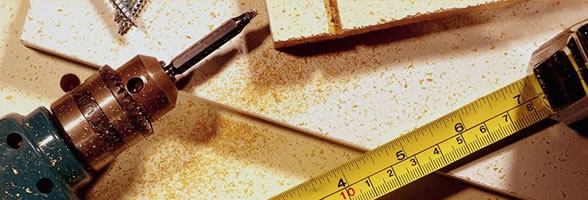Article archive
17/06/2016 21:10
Ong Ich Khiem’s Tomb is located in the cemetery of Hoa Tho Commune, Hoa Vang District, about 10 kilometres to the southwest of the city centre.
Ong Ich Khiem, with his courtesy name of Muc Chi, was born on 21 December of Mau Ty year (1829) in Phong Le Village, Thanh Quyt Ward, Dien Ban District, Quang Nam Province.
He passed his bachelor’s exam in the 7th year of King Thieu Tri’s reign (1847), and became a mandarin in the court of King Tu Duc. He was famous for his intelligence and truthfulness. Being a talented and strategic general, he was instrumental in commanding troops to protect Da Nang when French colonists began to attack and invade Viet Nam on 1 September 1858. Under Nguyen Tri Phuong’s management, he consolidated many outposts such as those at Nhat on the Hai Van Pass, Lien Tri, and Phong Le, and built entrenchments from Hai Chau to Phuoc Ninh.
He died on 19 July 1884 in Binh Thuan Province. His son, Ong Ich Thien, took...
—————
17/06/2016 21:09
This village communal house is located at Nam Son Block, Hoa Cuong Ward, Hai Chau District. It was built in the year of At Ty (1905) to worship the village god of security and justice, the local gods of the earth, and the village ancestors.
Nai Nam communal house reflects much of the Nguyen Dynasty’s culture with a pantile roof, brick walls, two dragons flanking a moon, a well-matched pair of phoenixes, and bats carrying peaches in their mouths. All of these are skilfully formed from shards of pottery.
The interior of the house is divided into three sections with two lean-tos. The front one is 11.7 metres long and 7.9 metres wide, and the rear one is 4.1 metres long and 3.9 metres wide. There are 24 pillars made of jackfruit wood arranged in four rows, and each pillar is 2.5 to 4.1 metres high. The structure of the rafters is “chong ruong - gia thu” (pillars with supporting base - beams supported by pillars leaning against the...
—————
17/06/2016 21:08
Located in Bo Ban Hamlet, Hoa Phong Commune, Hoa Vang District, this village communal house was built with bamboo on Tam Vi hillock in the early 19th century. It was moved to the centre of the village and rebuilt using brick and pantiles in 1852.
It is 14.5 metres long and 9.7 metres wide, with three sections and two lean-tos. There are 36 pillars made of jackfruit wood and ‘kien kien (Hopea pierrei Hance)’ wood. Its structure includes pillar tops carved with a dragon’s head and beams carved with apricot, bamboo, pine and orchid shapes. There are also animal and bird shapes, such as sparrows and monkeys, and ornamental floral patterns.
Bo Ban Communal House was set up for worshipping the village gods and bygone sages, and for annual festivals.
In August 1945, before the general uprising (the August Revolution), the local people gathered at the house for a demonstration and forced the court mandarin and village’s officials to hand over the...
—————

